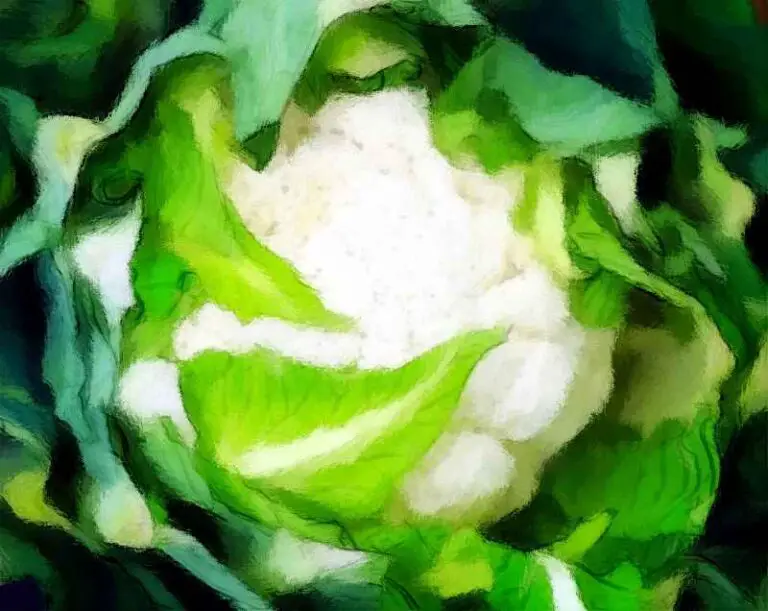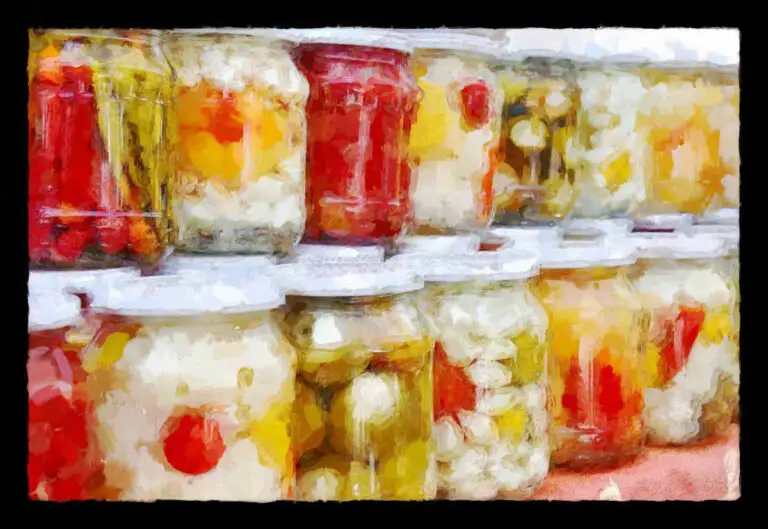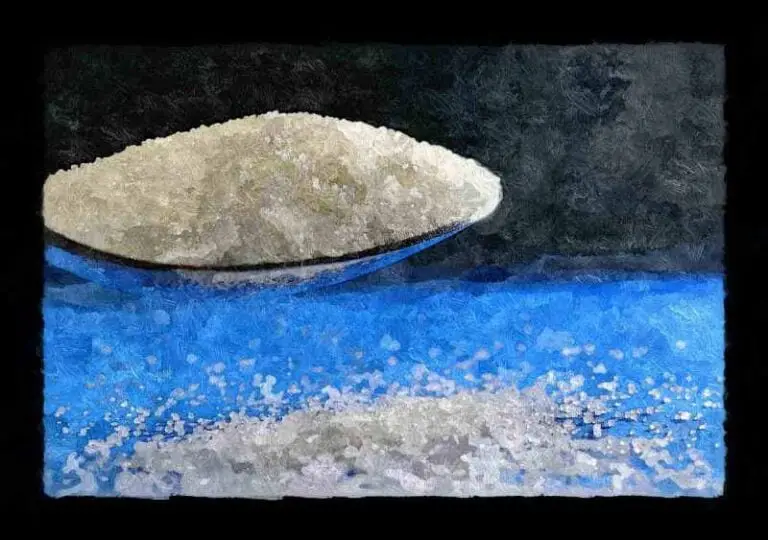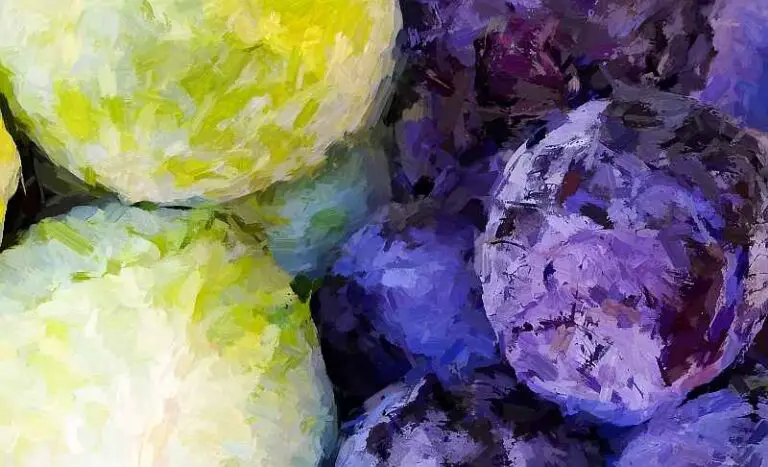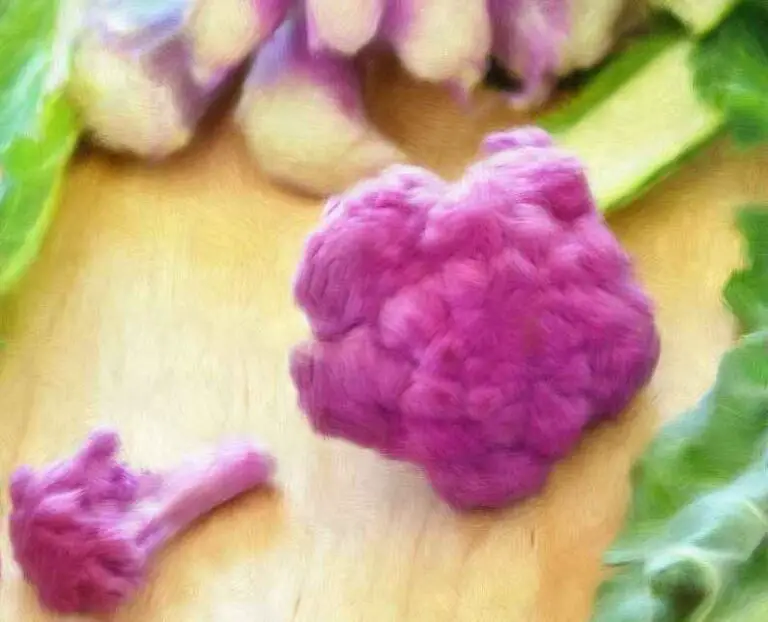Plant Based Milk Kefir – Dairy Free, Vegan, Delicious
If you are vegan, casein or lactose intolerant or simply avoid animal milk and want to make a creamy, delicious plant based milk kefir this tutorial is for you.
If you have been asking yourself whether such thing as non-dairy milk kefir actually exists I am delighted to inform you that the answer is 100% yes,
And in this tutorial we will tell you all about it.
Including which vegan milk to choose, how to make plant based kefir at home, how to obtain a very creamy one and much more
So if you are lactose intolerant, have troubles digesting casein or simply prefer to choose non dairy milk over the dairy alternative, pay close attention.
You are about to learn everything you need to know to start making 100% dairy free, 100% delicious and 100% natural kefir in the comfort of your kitchen.
Let’s get started, shall we?
Choose The Plant Based Milk To Make Vegan Kefir
We are very lucky to have many plant-based milks we can use to make exceptionally good vegan kefir.
So choosing the best one ultimately comes down to personal preference.
One thing I can say for sure though.
The best non dairy milk, be it nut milk, seed milk or cereal milk, is the one you make at home with a blender, starting from raw ingredients.
The Importance Of Making Your Own Milk
Have you ever picked up a cheap carton of plant based milk at the supermarket or a very expensive one in a fancy organic health shop and read the ingredients?
If you are lucky enough not to find numbers, nasty chemicals or preservatives, please check how much of the ( supposedly ) main ingredient, aka the nut, the seed or the cereal, it contains.
If you read TWO PER CENT you won the lottery believe me, instead I am confident you’ll be more likely to see a big fat ZERO POINT SOMETHING per cent on the vast majority of cartons.
Especially if you are about to purchase a so called “almond” milk.
Behind pretty packaging, a lot of marketing and a fair amount of brainwashing, we are asked to pay up to 4-5 Dollars ( or Euros ) for slightly flavoured water.
Now, I am not saying that making nut milk at home is necessarily cheap, but at least it will cost us something because we are actually putting some nuts in it!
And, even more so than when you just drink it or use it in your coffee, if you decide to use plant based milk to make kefir you need quality.
So dust your blender, pour in some water, add 5% to 20% by weight of your favourite nuts ( or seeds or cereals ) and give it a good blend.
In no longer than a minute you will have the best tasting dairy free milk you have ever tried.
The Best Vegan Milk To Make Dairy Free Kefir
Leaving the already mentioned personal taste aside, the great thing about making vegan milk kefir is that we have a broad variety of nuts, seeds and cereals to choose from.
So let’s use that to our advantage.
What I mean by that is that we can pick the ingredients based on their content of vitamins or minerals and use them as an effective integration to our diet.
For example, if you wanted to increase your omega 3 and omega 6 fatty acids intake, you could choose hemp seed milk.
If instead your focus is on trace minerals you could opt for cashews ( that is a seed and NOT a nut btw ) or oats.
Or coconut milk / cream, if you sorta want to have it all.
Beside being packed with a lot of the good stuff, coconut milk is low in sugars and high in beneficial fats.
Such fats are one of the main reasons why coconut milk kefir is usually nicely thick, creamy and resembles so much the consistency of its dairy relative.
If that were not enough, coconut milk has a milder flavour when compared to other plant-based milks and literally tastes divine when soured by fermentation.
That said, all milk alternatives do have positive and less positive aspects when fermented, but if I were to think about the one I keep going back to, well, that is definitely coconut.
Immediately followed by cashew milk, hemp milk and oat milk.
So now that we have decided which milk substitute to use, let’s learn how to make our own kefir.
How To Make Non Dairy Milk Kefir
There are essentially two ways of making milk kefir using a milk substitute:
- Using milk kefir grains ( kefirans ) or homemade dairy milk kefir
- Using water kefir grains ( tibicos ) or homemade water kefir soda
1. With Milk Kefir Grains Or Milk Kefir
If you are not vegan and habitually make dairy milk kefir at home, you have basically completed half the process.
Meaning you can now choose to use discarded kefirans ( milk kefir grains ) to make your vegan milk kefir.
Or you can choose to take some dairy milk kefir and use it to inoculate the plant based instead.
With Kefirans
Wait.
If you are about to take your beautiful kefirans and plump them into some plant based milk, which is naturally and obviously lactose-free, hold your horses.
It is not how it is done.
You will damage the colony, bring imbalances into it and ultimately kill the grains.
Yes, I know there is a gazillion people that do just that and would say it’s perfectly fine, but in reality, my friend, it is everything but fine
It must be a coincidence that the very gazillion people who state it’s all good have never had their kefir colony tested…
Let’s use logic.
Just as we would not feed a cow, a ruminant, spaghetti bolognese just because it has a mouth, we would not feed fructose or glucose to a colony that needs ( emphasis on needs ) lactose to thrive ( and survive ).
Right?
Little rant over.
But the great news is that if you have milk kefir grains you can happily and easily make vegan kefir by using the discarded ones.
I usually wait until I have a full tablespoon of kefirans then drop it into 1 litre (1 quart) of non dairy milk, wait anything between 12 to 24 hours, depending on the temperature in my house, then strain it and refrigerate it.
After that I never use those grains again, in fact, I usually donate them to my compost pile to improve diversity in the soil.
But I know for a fact there are people who run them through 3 or 4 whole cycles in dairy milk to “heal” the grains before using them again with a plant based one
Does the healing process work?
My honest answer is that I don’t know but I suspect that, in time, some damages would occur.
With milk kefir
If you want to make a bigger amount of vegan kefir but don’t have enough extra grains to do so, here is how you can proceed.
Take a cup of fully fermented dairy milk kefir and add it to 1 litre / 1 quart of plant based milk, leave the jar for 12 to 24 hours at room temperature and enjoy!
You can repeat the process every day if you desire: just take some dairy kefir and drop it into the non dairy milk.
2. With Water Kefir Grains Or Water Kefir Soda
If you can’t really tolerate dairy, are vegan or simply don’t want to use any animal product this part is specifically for you.
With Tibicos
You won’t find a lot about this on the web so you might want to write it down, bookmark this page or subscribe to our newsletter.
To make plant based kefir with this method you need tibicos, otherwise known as water kefir grains which opposite to kefirans they DO NOT need lactose to survive.
In fact they feed off sucrose and/or glucose and/or fructose.
Similarly to what you would do with kefirans, you can take the water kefir grains you would normally discard and use them to ferment the plant based milk of your choice.
Very simply: take a heaping tablespoon of grains, drop them in the vegan milk, let it ferment for 12 to 24 hours at room temperature and strain the grains to enjoy your kefir.
Just an FYI
It is very unlikely that your plant based milk, even if home made, contains enough sugars for the grains to properly conduct the fermentation.
So what do we do?
Easy; we add some white sugar to the plant based milk.
Without needing to dust your trigonometry, astrophysics and engineering studies, we will use a simple recipe that ( so far ) has always worked for us.
Take the following ingredients
- 1 Litre / 1 Quart of vegan milk
- 50 gr of water kefir grains
- 50 gr / 4 tbsp of white sugar
and place them in a jar making sure that the sugar is completely dissolved.
Let the solution ferment for the usual 12 to 24 hours ( depending on the temperature in your house ), strain the grains and enjoy your home made vegan kefir.
As is, in a smoothie and in any other way you like.
It goes without saying that by using the grains this way you will damage the colony, bring imbalances it and possibly kill some strains off.
So don’t use the same tibicos for more than a couple times.
I see you there behind the screen already screwing up your beautiful face at the idea of white sugar…
You’ll be glad to hear that the very self aware and notoriously wise water kefir grains looooooooove white sugar and actually prefer it over the less refined.
With Water Kefir Soda
This is even easier.
Take one cup of the fully fermented kefir soda ( made with grains ), add a couple tablespoons of white sugar then pour everything in the plant based milk you prefer.
Stir well and allow to ferment for the usual 12 to 24 hours at room temperature.
If you decide for this method my advice is to use a very natural tasting kefir soda because whichever flavour it has, will be passed on to the vegan kefir you make.
Usually raisin or date sodas are a good option.
TIPS and TRICKS
When your vegan kefir is ready you can drink it immediately or, as it happens with dairy milk kefir, you can take it through a second fermentation.
The second fermentation is better done inside the refrigerator and its main purpose is to flavour the kefir with the addition of fruit, jam, fruit extract etc
But you can obviously second ferment it by itself and adding your favourite flavours right before consuming it.
It’s entirely up to you.
As you have seen making very good, thick, creamy and, most importantly, 100% natural vegan kefir is not only possible, but actually very easy.
All you need to do is to pick any of the methods we suggested above and before you know it making kefir will be part of your daily routine.
A very healthy and delicious routine I must add…
Thanks for stopping by and if you still have questions don’t hesitate to use the comment section below.
We look forward to hearing from you.


